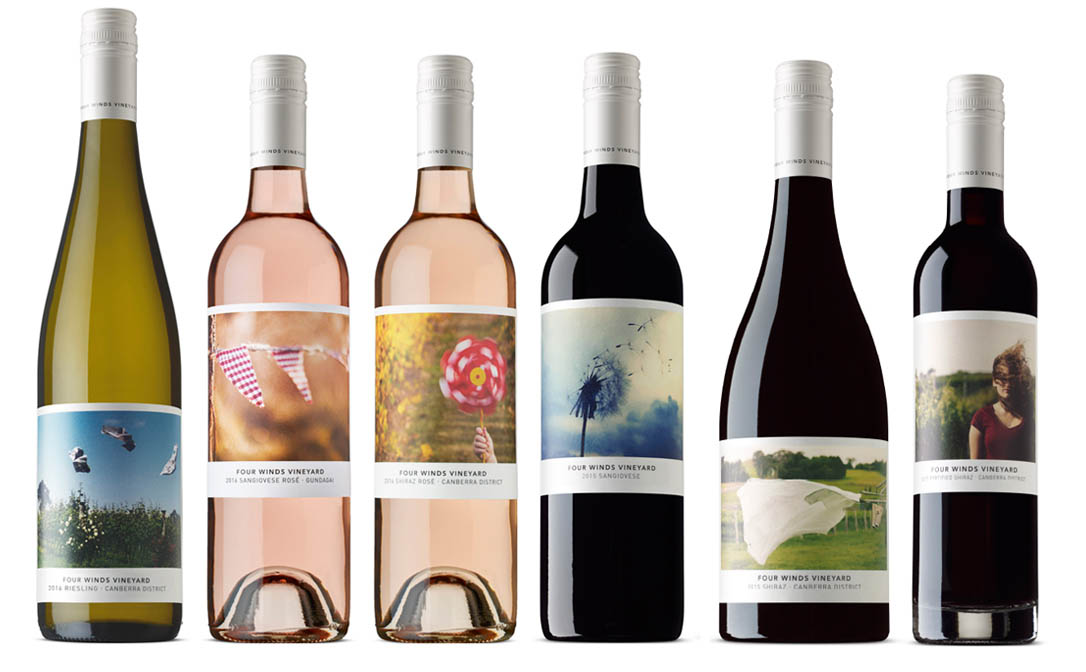Some people may love their wines, but can become a bit intimidated when they go out to purchase their wine bottles, and part of the problem could be that they do not understand what the terms on the wine labels actually mean. Even though new world wines are not so difficult to comprehend and if you try to buy wines from Australia, US and South America, the wine labels are pretty straightforward and will pose no problem with comprehending what they say.

Mind Boggling Foreign Terms
The problem may arise when you think about buying wines from the old world and the wines being sold in France, Germany, Spain and Italy have wine labels that can boggle the mind what with so many classifications, types of harvests, names of towns, titles of vineyards and even some idiosyncrasies of the producer, and all of this being written in a foreign language as well. No doubt, the aesthetics of the wine labels are commendable; the trouble is why scratch your head in confusion as to what it is that you are buying when it could have been put in a straightforward manner?
Even then, if you really cannot desist from buying these old world wines, your best option would be to purchase a dictionary that translates into say, French, Spanish Italian or German and which will help explain what the different wine terms mean. Other than that, you need to look for certain terms and things in the wine labels, some of which are desirable properties of the wines in question while others may be cautions, or which may be ambiguous in their meaning.
The French have a term named Cru which indicates that the wine could be from Bordeaux and Burgundy as well as Alsace which are all located in France. Next, you will need to look at whether the wine has been made from poor soil or whether it has been deprived of water, which if it were the case, would indicate wines of a superior quality.

If you are considering buying sparkling wines, especially those from Australia and the United States, then the wine labels should state ‘Traditional Method’ which will indicate that the wine has been made the same way as Champagnes are made. Other things that you should look for on wine labels include ‘Vieilles Vignes or Old Vines, which will indicate wines with more concentration of juices, ‘Estate Bottled’ such as on a bottle of Bouteille au Chateau, Mis en Bouteilleau Domaine or even on a bottle of Mis en Bouteille au Propriete, and the concept of estate bottled wine refers to the fact that the wine has been grown and also produced as well as bottled at one place. To add sophistication on your wines, you may want to buy the best dual-zone wine coolers. This is perfect for you if you like to collect wines or if you are fond of inviting friends over dinner. Check some of the brands online.